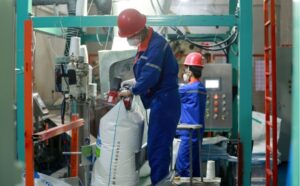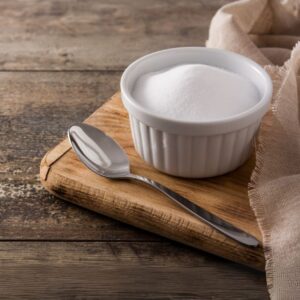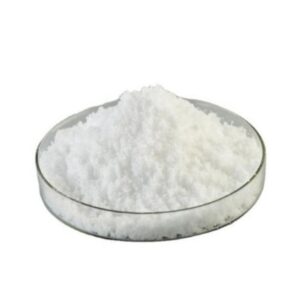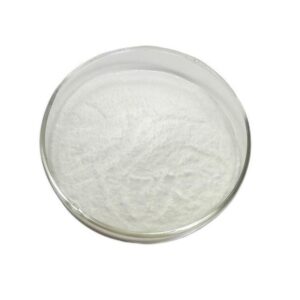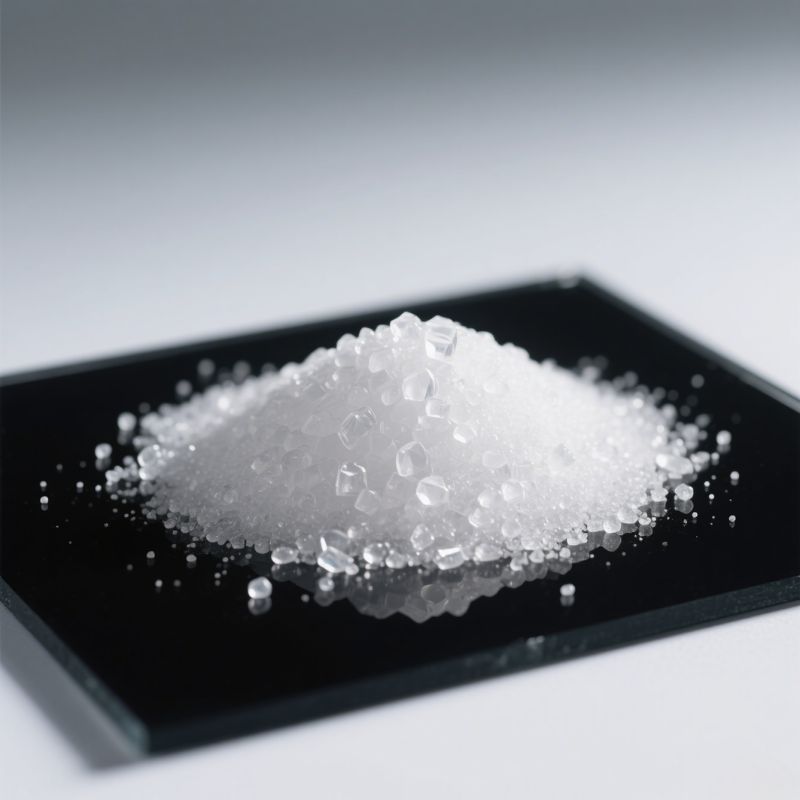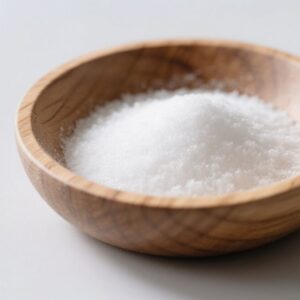
Price Update: Sodium Tripolyphosphate in Food Q4 2025 Price Range and Fluctuation Factors
Global food-grade sodium tripolyphosphate (STPP) prices in Q4 2025 remain stable with slight increases driven by higher energy and logistics costs, while demand from meat and seafood processing sustains market balance.

